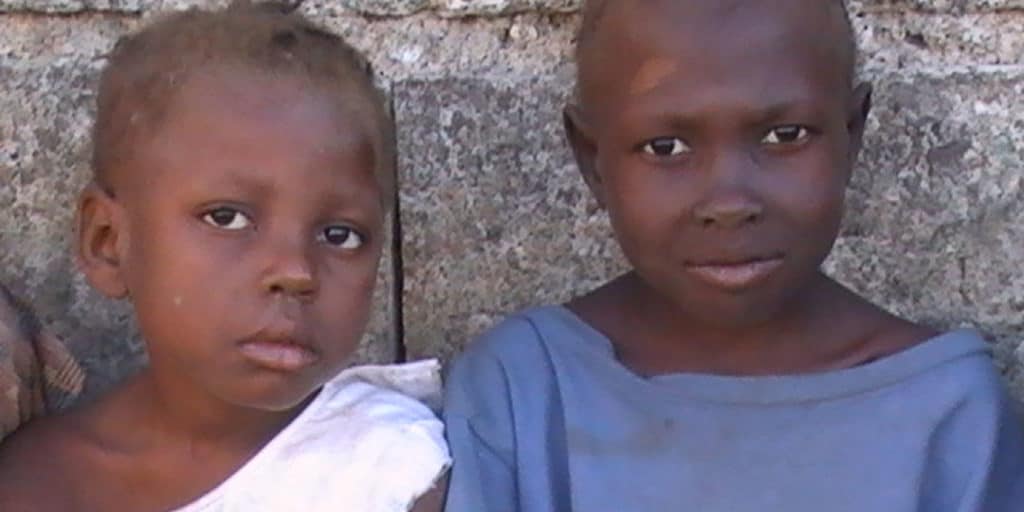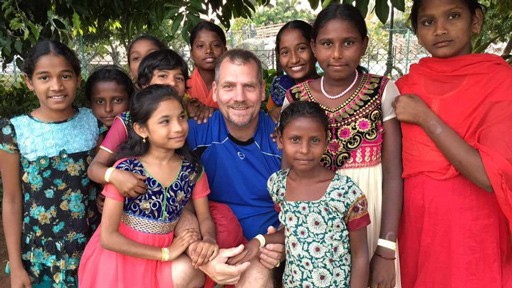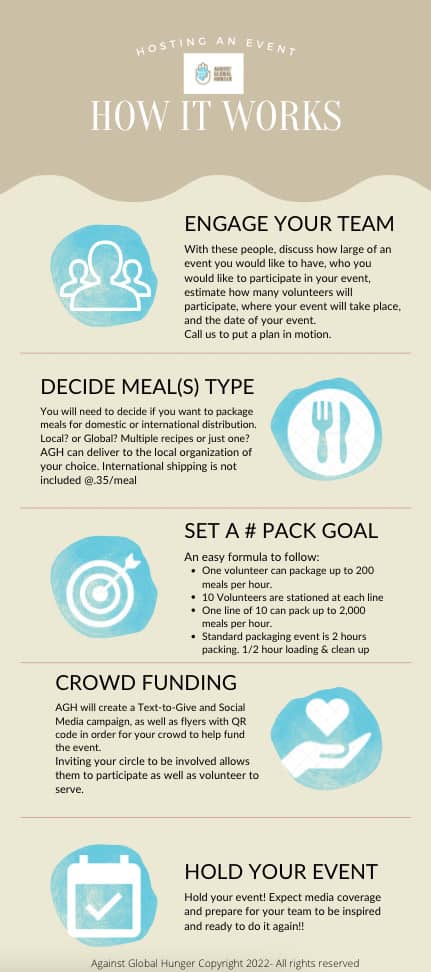Hunger is a global crisis, with one in nine people suffering from it.
The world hunger crisis has risen over the past three years. In 2017, around 811 million people did not have enough to eat. In 2018, that statistic rose to 820 million people.
The steady increase in world hunger shows that there is still an enormous challenge in ensuring everyone has food. The COVID-19 pandemic has also added to the threat of millions more starving.
Against Global Hunger works to end starvation-related deaths. Every person must have the required nutrition to lead healthy lives. We donate food globally, but our primary focus is on helping Haiti, Mexico, and the United States.
Keep reading to learn more about world hunger statistics.
- Who Is Affected by World Hunger?
- What Causes Food Insecurity?
- How Is COVID-19 Affecting World Hunger?
- How Are Locusts Worsening the Food Crisis?
- Help Us Help Others
Who Is Affected by World Hunger?

In many developing countries, resources are limited for women. This makes it difficult for women to find jobs, secure financial aid, or pursue an education. With so few options, women are more vulnerable to poverty, and in turn, hunger. Women and girls make up around 60% of the world’s hungry.
Poverty and hunger are often generational problems. If the mother suffers from food insecurity, then her children do as well. About 3 million children die a year due to under-nutrition and starvation.
About 99% of the world’s undernourished live in developing countries.
Food insecurity is on the rise in almost all the subregions of Africa. Around 20% of the people living in Africa are malnourished.
Other countries where hunger is increasing include Latin America, the Caribbean, and Asia. Millions of people struggle to find enough to eat, such as in Haiti. Haiti is the sixth poorest country globally, and Against Global Hunger has sent food there since 2008.
What Causes Food Insecurity?
There are a variety of factors that contribute to an area suffering from long-term food insecurity. The most common problems that lead to hunger are drought, poverty, natural disasters, war and displacement, and lack of infrastructure.
A report from the Intergovernmental Panel on Climate Change revealed that agriculture may soon be devastated by global warming. Over 100 scientists from around the world worked on the report. They concluded that if average global temperatures rise 2 degrees Celsius, food shortages worldwide will increase.
Climate change is already causing extreme weather events. Studies have shown an increase in the frequency and severity of inclement weather. This has led to flooding and droughts, which is disrupting crops, killing herds of livestock, and altering growing seasons.
Over 736 million people live in poverty. Poverty leads to food insecurity, and food insecurity traps people in poverty.
People who are living in poverty struggle to afford food for themselves and their families. As the food insecurity worsens, people grow weaker, become more prone to illnesses, and find it harder to be productive and work.
Almost half of the people living with food insecurity are farming families. If a farmer is coping with poverty, they can’t afford to buy tools or seeds necessary to cultivate the land. If a farmer is suffering from hunger, they won’t have the strength to do agriculture labor.
If a family has a limited income, then many times they can’t afford to send their children to school. Instead, the children are often needed at home to help the farm and support the family. This lack of education prevents the child from finding better job opportunities after they’ve grown up, thus trapping another generation in continued poverty and hunger.
How Is COVID-19 Affecting World Hunger?
The COVID-19 pandemic could double the number of people suffering from food insecurity. That means the current figure of 135 million people on the brink of starvation could inflate to 265 million very soon.
There are several different ways the pandemic may exacerbate world hunger. One factor is that many aid programs will experience funding cuts due to the economic downturn caused by COVID-19. If this happens, that means less food being shipped abroad to help people in need.
In America, children are missing meals and snacks due to school shutdowns caused by COVID-19. More than one in five households in the United States, and two in five households with children 12 and under, are food insecure due to the pandemic.
How Are Locusts Worsening the Food Crisis?
A swarm of locusts that is unprecedented in modern times is threatening some of the most at-risk regions for food insecurity. Governments have been busy dealing with slowing the spread of the novel coronavirus pandemic, and so the vital measures needed to prevent the pests from wiping out food supplies have been lacking.
At a critical time when many farmers are preparing to harvest, a second wave of locusts will transition to the young adult phase. An adult locust is capable of consuming its own weight in food per day. On average, a swarm of locusts can destroy numerous crops that would otherwise feed 2,500 people for an entire year.
Help Us Help Others

Against Global Hunger is a non-profit organization headquartered in Tulsa, Oklahoma.
We work to give high-nutrition food to those in need around the world.
Community groups and volunteer youth package our food.
We set up food packaging satellites across the United States and partner with other humanitarian organizations to distribute meals to starving children and their families.
Our food comes in two different meal packets.
The first contains long-grain white rice, textured soy with nine vitamins and minerals, six dehydrated vegetables, and a mix of 21 vitamins and minerals.
The second meal type is Latin Rice. It has long-grain white rice and soy that is darkened. There are 17 vitamins and minerals, as well as all 9 of the essential amino acids.
To date, Against Global Hunger has sent food to hungry families in over 70 countries. We work quickly to send food to developing countries and areas that have suffered natural disasters or war.
If you have any questions, please contact us today. If you would like to help us feed hungry children, donate today.
